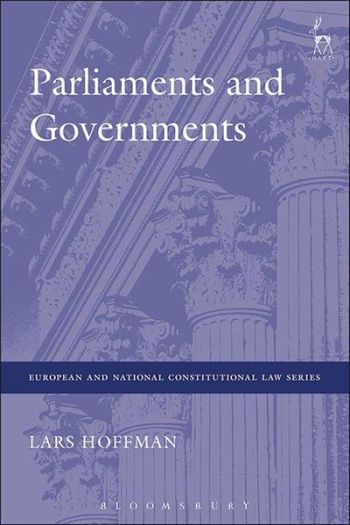
The wider project of which this book is a part, set out to investigate the constitutional structures of the EU Member States. As part of this comparative enterprise this work sheds light on the intricate interconnections which exist between Member State governments and their national parliaments. Although in many cases governments only exist and function as a consequence of parliamentary support, it is the executive that is usually the focal point of political life and that sets the nation's political course and drives forward its legislative agenda. Arguably, this perception is based on the political customs that surround government/parliament relations rather than the constitutional fundament upon which they are built. This book therefore provides an in-depth analysis of how these two institutions, the executive and the legislature, relate to one another from a constitutional law as well as a constitutional politics perspective. To do so this the work takes a comparative approach to examining how electoral laws, government formation processes, legislative practices, executive prerogatives, and the scrutiny of EU legislation shape the role governments and parliaments play and how they interact across the EU's Member States.